Durham boats, Durham Research Triangle Area and Durham Background. How do you steer a Durham boat? A good rower of a Durham Boat should always be abiden his time!
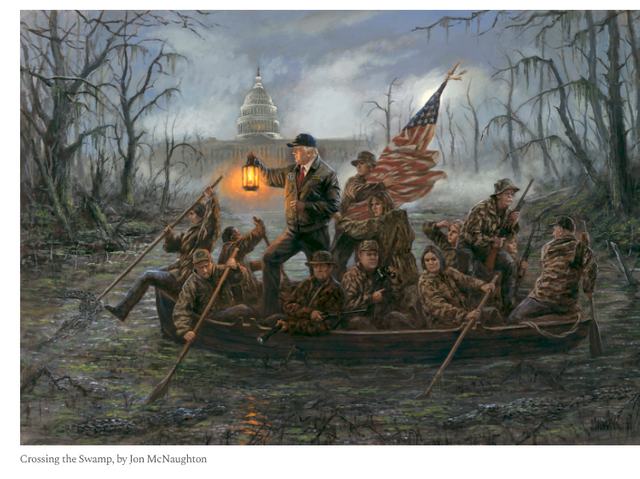

Facebook Frames Durham Boats, Durham research think triangle and Durham Background
How do you steer a Durham Boat?
You can see these Photo Frames with more connectors inside in this link. I will try to put as many of the screen shots in here as possible, but likely all will not fit.
https://www.facebook.com/melissa.mcgarity.14/posts/10222500150147032
What do you know about another Durham in which a place called Research Triangle Park in which a foundation runs the research there?
How about what a certain entity has been wanting to tamper with since the dawn of time?
In order to go forward you must go back.
What does your D_n@A provide them?
You decide!
And finally, who is the Durham that is always working in the background?
You'll see.
What cases did he work on.
In order to go forward you MUST go back!
Who did JFKjr write a letter to?
Who was he pointing out as a Tra_t0*
A good rower of a Durham boat should always be a biden his time!
Depending on the size of the boat, it could carry ten to seventeen tons of cargo. The return trip was more arduous as it had to proceed against the current. Much muscle was needed by the boatmen to pole the boat back to Durham.
In order to go forward. . .you Must Go Back.
Worth the flip through Fully Sourced as much as possible. More sources available on platforms that don't censor deep dives. Write up right here has a lot of history, Frames go much Deeper into the waters of what all entails Durham boats and the steering/rowing/trip down memory lane.
You are HERE on the time continuum. Godspeed fellow Guardians and Patriots of the Republic.
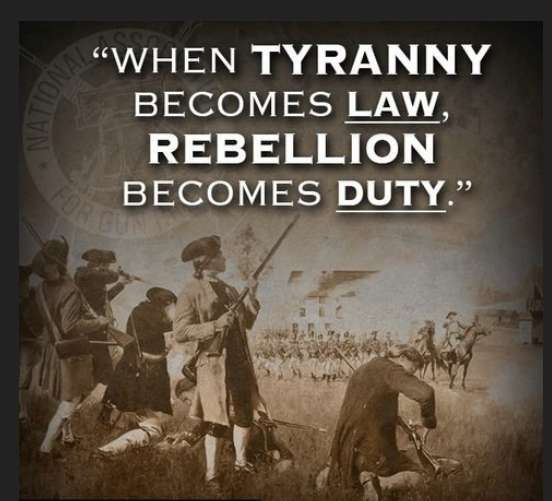
Noted for their use in George Washington's crossing of the Delaware River during the American Revolution.
The Durham boat “... was the sole means of moving commodities in both directions on the river between Philadelphia and points above tide. This boat was well known on the Delaware for more than a century.. even after the building of the canals, it was used on them as well as on the river to a considerable extent.”
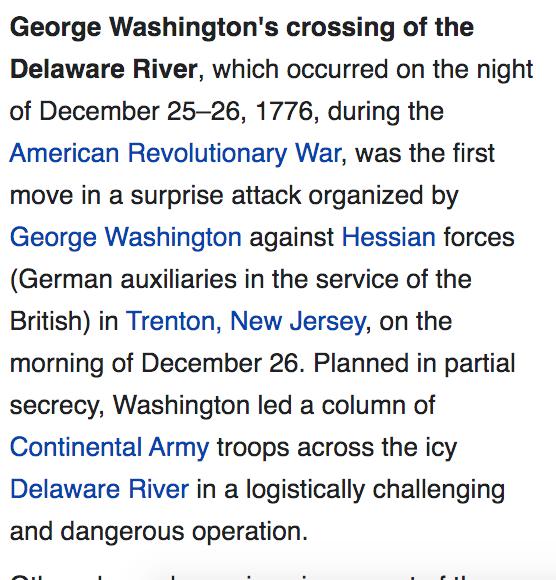
At one time, there were reportedly several hundred Durham boats on the Delaware River. They sometimes traveled in groups as large as twenty-five so that the crews could aid each other. One observer recalled sitting on the river bank watching a number of Durham boats waiting for a favorable wind, and when a breeze came up, “…off they would go like a flock of sheep.”
Do you remember the Crossing of the Deleware during the Revolutionary War?
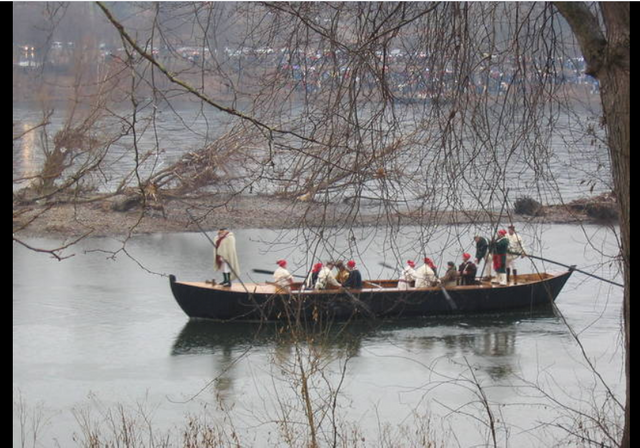
1776 had started well for the American Revolution with the evacuation of British troops from Boston in March, the defense of New York City had gone quite poorly.
Howe had landed troops on Long Island in August and had pushed George Washington's Continental Army completely out of New York by mid-November, when he captured the remaining troops on Manhattan.
British troops returned to New York for the winter season. They left mainly Hessian troops in New Jersey. These troops were under the command of Colonel Rall and Colonel Von Donop. They were ordered to small outposts in and around Trenton.
Howe then sent troops under the command of Charles Cornwallis across the Hudson River into New Jersey and chased Washington across New Jersey.
Washington's army was shrinking because of expiring enlistments and desertions, and suffered from poor morale because of the defeats in the New York area.
Most of Washington's army crossed the Delaware River into Pennsylvania north of Trenton, New Jersey, and destroyed or moved to the western shore all boats for miles in both directions. Cornwallis (under Howe's command), rather than attempting to immediately chase Washington further, established a chain of outposts from New Brunswick to Burlington, including one at Bordentown and one at Trenton, and ordered his troops into winter quarters.
The British were happy to end the campaign season when they were ordered to winter quarters. This was a time for the generals to regroup, re-supply, and strategize for the upcoming campaign season the following spring.
problems affected the quantity and quality of Washington's forces.
Many of his men's enlistments were due to expire at the end of the year, and many soldiers were inclined to leave the army when their commission ended.[7] Several deserted before their enlistments were completed.
The pending loss of forces, the series of lost battles, the loss of New York, the flight of the Army along with many New Yorkers and the Second Continental Congress to Philadelphia, left many in doubt about the prospects of winning the war.
But Washington persisted. He successfully procured supplies and dispatched men to recruit new members of the militia, which was successful partially because of British and Hessian soldiers’ drunken behavior while in New Jersey and Pennsylvania.
The losses at Fort Lee and Washington placed a heavy toll on the Patriots. When they evacuated their forts, they were forced to leave behind critical supplies and munitions. Many troops had been killed or taken prisoner, and the morale of the remaining troops was low. Few believed that they could win the war and gain independence.
But the morale of the Patriot forces was boosted on December 19 when a new pamphlet titled The American Crisis written by Thomas Paine, the author of Common Sense, was published.
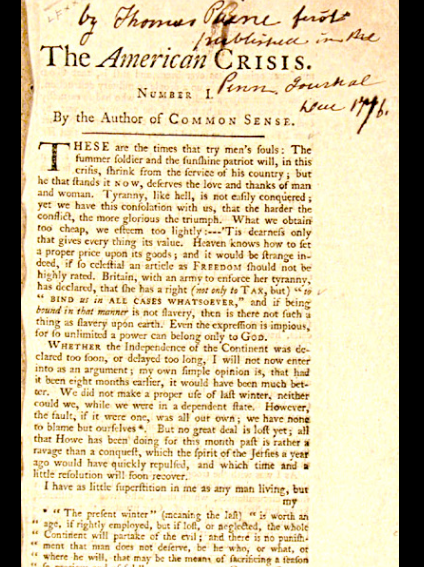
These are the times that try men's souls; the summer soldier and the sunshine patriot will, in this crisis, shrink from the service of his country; but he that stands it now, deserves the love and thanks of man and woman. Tyranny, like hell, is not easily conquered; yet we have this consolation with us, that the harder the conflict, the more glorious the triumph.
Within a day of its publication in Philadelphia, General Washington ordered it to be read to all of his troops. It encouraged the soldiers and improved the tolerance of their difficult conditions.
improvement in morale was aided by the arrival of some provisions, including much-needed blankets, on December 24.
A wide variety of watercraft were assembled for the crossing, primarily through the work of militia men from the surrounding counties in New Jersey and Pennsylvania, and the assistance of the Pennsylvania Navy.
In addition to the large ferry vessels (which were big enough to carry large coaches, and likely served for carrying horses and artillery during the crossing), > a large number of Durham boats were used to transport soldiers across the river. These boats were designed to carry heavy loads from the Durham Iron Works, featured high sides and a shallow draft, and could be poled across the river.
The boats were operated by experienced watermen. Most prominent among them were the men of John Glover's Marblehead Regiment, a company of experienced seamen from Marblehead, Massachusetts. These men were joined by seamen, dockworkers, and shipbuilders from Philadelphia, as well as local ferry operators and boatsmen who knew the river well.
At 4 pm Washington's army turned out for its evening parade, where the troops were issued ammunition, and even the officers and musicians were ordered to carry muskets. They were told that they were departing on a secret mission.
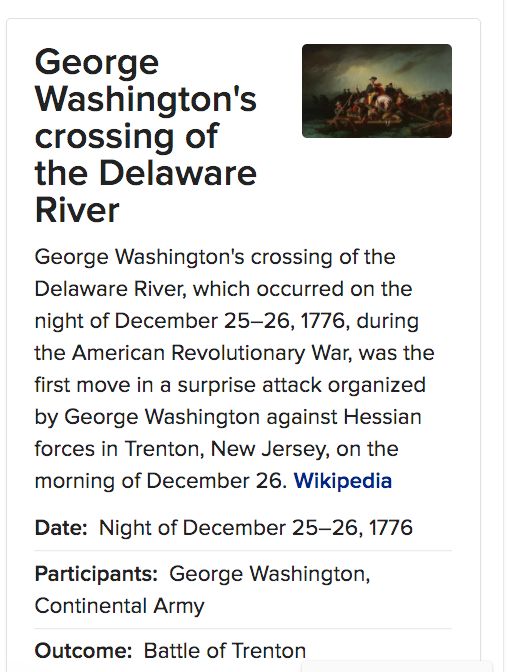
Marching eight abreast in close formations and ordered to be as quiet as possible, they left the camp for McConkey's Ferry.
Washington's plan required the crossing to begin as soon as it was dark enough to conceal their movements on the river, but most of the troops did not reach the crossing point until about 6 pm, about ninety minutes after sunset.
he weather got progressively worse, turning from drizzle to rain to sleet and snow. "It blew a hurricane," recalled one soldier.
Knox wrote that the crossing was accomplished "with almost infinite difficulty", and that its most significant danger was floating ice in the river.
One observer noted that the whole operation might well have failed "but for the stentorian lungs of Colonel Knox". The unusually cold weather of the 1770s and the icy river were likely related to the Little Ice Age.
Washington was among the first of the troops to cross, going with Virginia troops led by General Adam Stephen. These troops formed a sentry line around the landing area in New Jersey, with strict instructions that no one was to pass through. The password was "Victory or Death".
The two other crossings fared less well.
The treacherous weather and ice jams on the river stopped General Ewing from even attempting a crossing below Trenton.
Colonel Cadwalader crossed a significant portion of his men to New Jersey, but when he found that he could not get his artillery across the river he recalled his men from New Jersey.
On the morning of December 26, as soon as the army was ready, Washington ordered it split into two columns, one under the command of himself and General Greene, the second under General Sullivan.
The Sullivan column would take River Road from Bear Tavern to Trenton while Washington's column would follow Pennington Road, a parallel route that lay a few miles inland from the river.
Only three Americans were killed and six wounded, while 22 Hessians were killed with 98 wounded.
The Americans captured 1,000 prisoners and seized muskets, powder, and artillery.

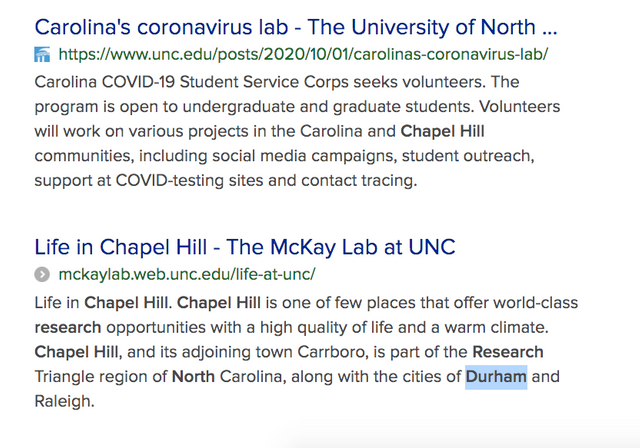
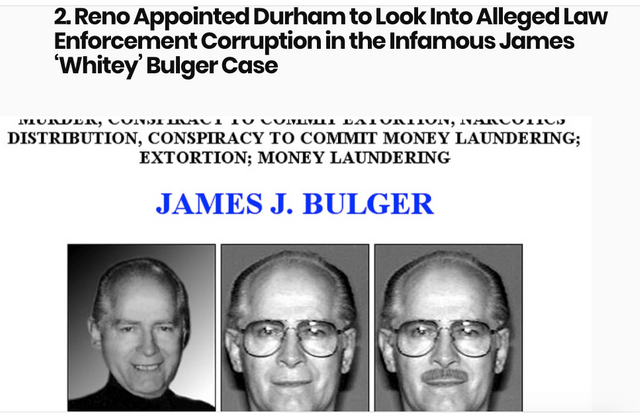
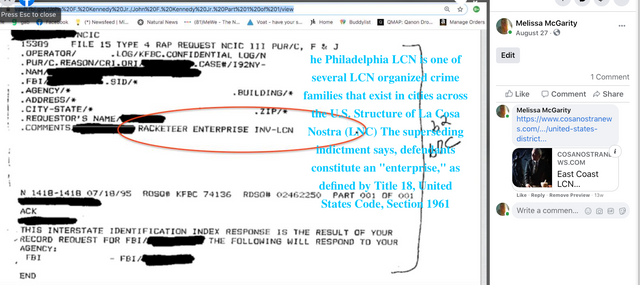
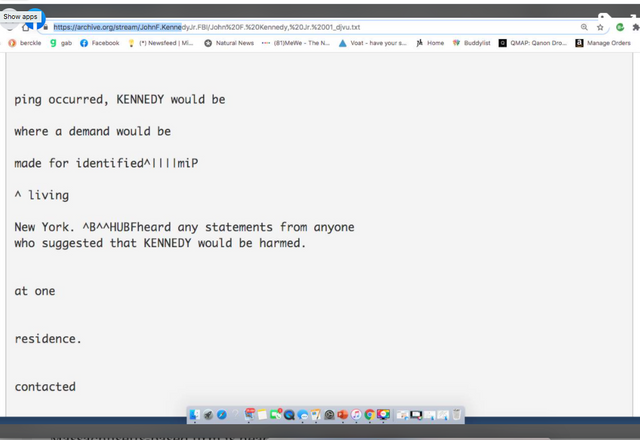
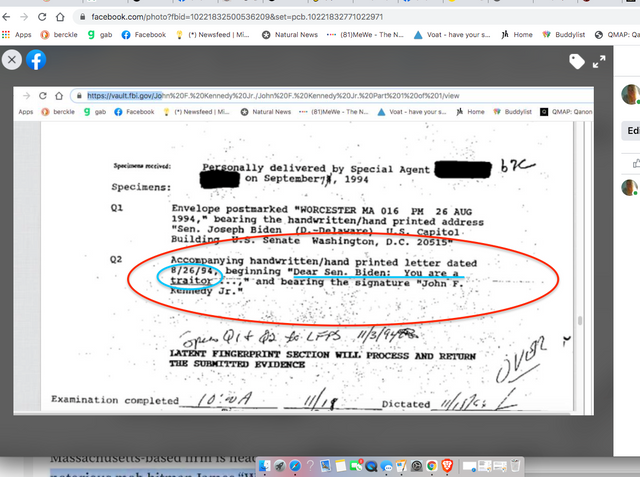
UPDATE: 3.23.2024
https://steemit.com/eclipse2024/@artistiquejewels/2024-extraordinary-eclipse-where-it-s-going-and-where-it-s-been-10-interesting-facts
Sources and Connecting Articles
https://dilemma-x.net/2012/11/10/research-triangle-park-unveils-new-master-plan/
Washington Crossing the Delaware
The 10 Days That Changed The World, Washington's Crossing the Delaware
Facebook Frames Kidnapping Attempt of JFKjr and a letter allegedly from Jr stating the then Sen. Biden was a Traitor Verified in the FBI Vault Evidence and source links given.
Personally delivered by a Special Agent (SA) on Sept. 8, 1994 so 9/8. . .1994
Delivered to then Senator Joseph Biden
At U.S. Capitol Building
Letter dated August 26, 1994 so 9/26. . .1994
The beginning of the letter stated,
Dear Sen. Biden: You are a Traitor.
https://www.facebook.com/melissa.mcgarity.14/posts/10221832771022971
What is a BOOM?

What is a BOOM?
